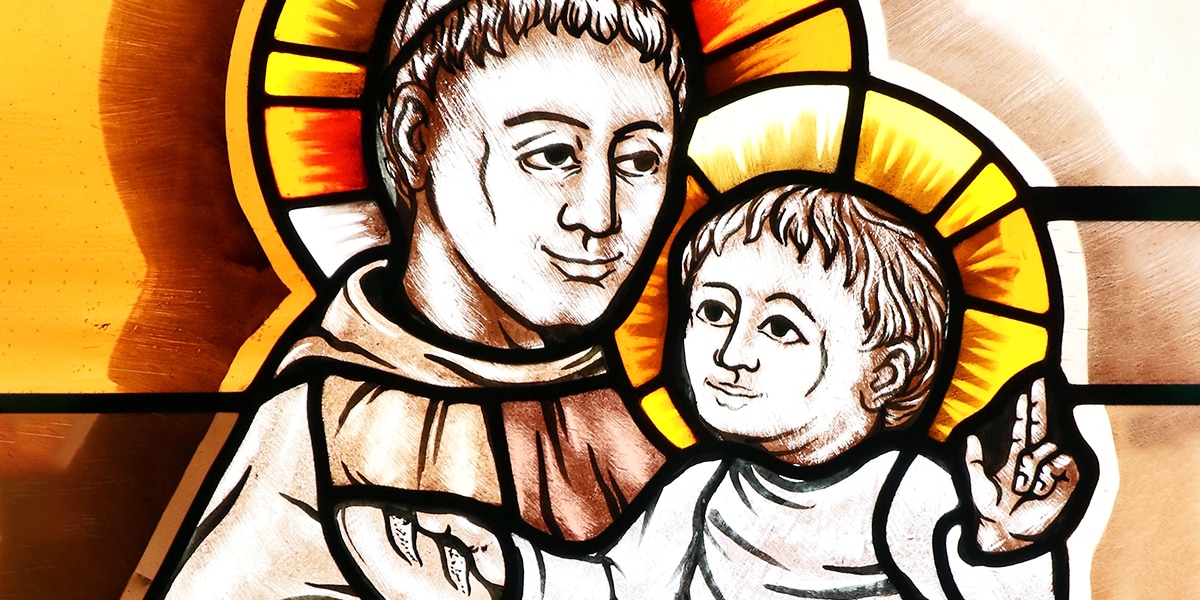The synod’s wide-open theme (“For a Synodal Church: Communion, Participation, and Mission”) led many people to consider it a blank screen on which they could project their deepest hopes and fears for the Catholic Church. Soon they began drawing up scorecards according to which ideas and changes would “win” or “lose” there.
Pope Francis constantly reminded everyone who would listen that the synod is not a parliament where the majority rules, but rather an “an ecclesial moment whose protagonist is the Holy Spirit.” Speaking to reporters returning with him from Mongolia in September 2023, the pope recounted his conversation with an abbess of a cloistered community. The sisters feared everything was going to change; he firmly denied that. The previous month, Tradition, Family, and Property published a scathing book, titled The Synod Is Pandora’s Box.
In late 2022, Pope Francis announced he was adding a second assembly for October 2024. Consultations proceeded consecutively on the diocesan, national, and continental levels.
Five Synod ‘Firsts’
1) The synod working document published on May 29, 2023, available at Synod.va, is unique among similar documents because it summarizes the work already done and then poses 221 questions on this theme, serving as conversation starters for small group discussions.
2) The ecumenical community of Taize, France, organized a prayer service in St. Peter’s Square on September 30, followed by a three-day retreat led by Father Timothy Radcliffe, OP, former leader of the Order of Preachers.
3) Although previous synods included laypeople as official “listeners,” this one included 70 as participants with full voting rights, including 54 women (mothers, single women, and religious sisters).
4) This increase in membership required a move from the synod hall’s tiered seating to round tables in the Vatican’s Paul VI Audience Hall. Keeping common language groups, participants shifted tables four times between October 4 and 28.
5) Women and men from countries such as Mongolia, who were not at earlier synods, shared their faith here. For the first time, bishops from the People’s Republic of China participated directly in the synod.
Synod discussions were not debates on hot-button issues, but instead opened a collective examination of conscience for the entire Church: What is God calling its members to do or to avoid here and now? In a sense, the synod’s ordained members joined all other synod participants in reflecting on their common Baptism and its lifelong implications. No topic was off-limits, but everyone was reminded to speak boldly and charitably.
Learning from the Council of Jerusalem
Perhaps the Church has never faced a more contentious issue than what the Council of Jerusalem addressed: How much of the Law of Moses should gentile Christians be expected to observe? “It has seemed good to the Holy Spirit and to us,” wrote members of that council to Syrian Antioch’s Christians, “to impose on you no further burden than these essentials: that you abstain from what has been sacrificed to idols, and from blood and from what is strangled, and from fornication” (Acts 15:28–29a).
Church councils are all about evangelization, that is, how the Church is effectively sharing the good news of Jesus Christ and where it is shooting itself in the foot.
The same basic question faced during the Council of Jerusalem remains: Are we listening to what “the Spirit is saying to the Churches” (Rv 3:22)? The answer must come through honest prayer, respectful listening, and courageous action.








